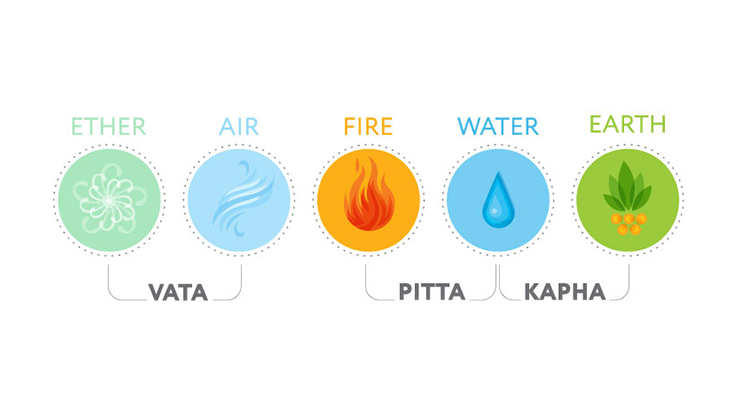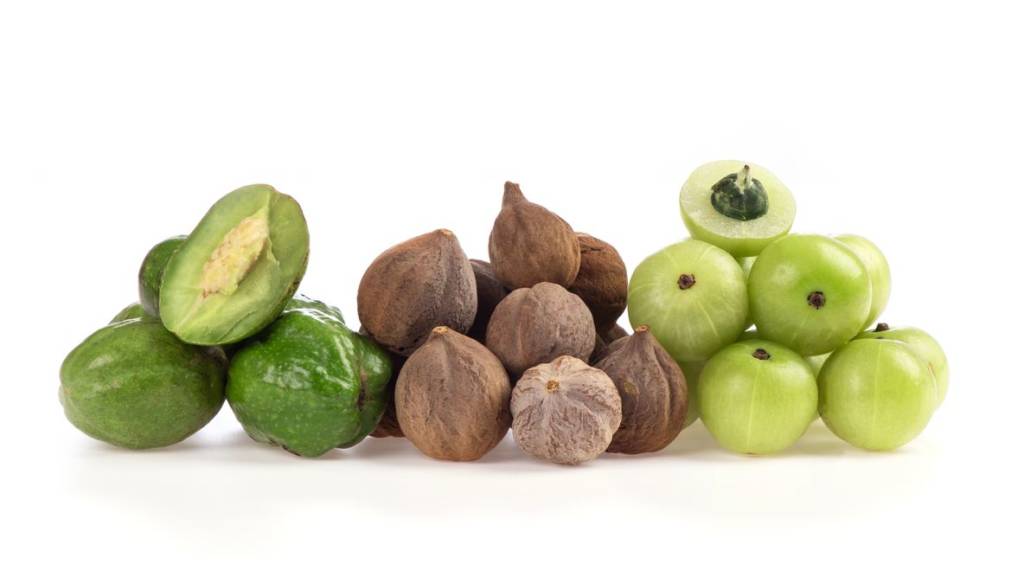
Unlocking the Wisdom of Tridosha: Balancing Mind, Body, and Spirit
The concept of Tridosha is an integral part of Ayurveda, the traditional Indian system of medicine. According to Ayurveda, the human body is made up of three doshas – Vata, Pitta, and Kapha. These doshas are considered to be the fundamental building blocks of the body and are responsible for maintaining its overall health and well-being.
Understanding Vata Dosha: Balancing the Air Element
Vata dosha is associated with the elements of air and space. It governs movement and is responsible for the functioning of the nervous system, circulation, and elimination. When Vata dosha is imbalanced, it can lead to issues such as anxiety, constipation, and insomnia.
Unlocking the Power of Pitta Dosha: Harnessing the Fire Element
Pitta dosha is linked to the elements of fire and water. It governs metabolism and digestion and is responsible for maintaining body temperature and energy production. An imbalance in Pitta dosha can manifest as anger, inflammation, and digestive problems.
Nurturing Kapha Dosha: Embracing the Earth and Water Elements
Kapha dosha is connected to the elements of earth and water. It governs structure and stability and is responsible for maintaining lubrication and support in the body. When Kapha dosha is imbalanced, it can lead to issues such as lethargy, congestion, and weight gain.
How Vata, Pitta, and Kapha Interact: The Dynamics of Tridosha
In Ayurveda, each person has a unique combination of doshas, known as their Prakriti, which influences their personality, physical characteristics, and susceptibility to certain health conditions. The goal of Ayurvedic medicine is to maintain the balance of the doshas through lifestyle modifications, dietary changes, herbal remedies, and therapies such as yoga and meditation.
Tridosha: Achieving Balance and Harmony in Mind, Body, and Spirit
Understanding the concept of Tridosha is essential for individuals seeking to embrace Ayurveda as a holistic approach to health and wellness. By recognizing the interplay of Vata, Pitta, and Kapha doshas within the body, individuals can make informed choices to promote their overall well-being and prevent imbalances that may lead to illness. Ayurveda offers a personalized approach to health, acknowledging the uniqueness of each individual and providing specific recommendations to support their dosha balance and optimize their health.
Triphala: The Ancient Ayurvedic Remedy for Balancing Tridosha
In the realm of traditional Indian medicine, Ayurveda, restoring the balance of tridosha - Vata, Pitta, and Kapha - is of paramount importance for achieving optimal health and well-being. Ayurvedic practitioners have long revered Triphala as a renowned herbal remedy that can help harmonize these three doshas. Derived from the Sanskrit words "tri" meaning three, and "phala" meaning fruit, Triphala is a powerful combination of three fruits - Amalaki (Indian Gooseberry), Haritaki (Chebulic Myrobalan), and Bibhitaki (Belleric Myrobalan).
Amalaki, known for its cooling properties, is particularly beneficial for pacifying Pitta dosha. It supports digestion, and detoxification, and boosts immunity, thereby promoting overall wellness. Haritaki, with its astringent taste, aids in balancing Vata dosha. It enhances colon health, eases constipation, and supports healthy weight management. Bibhitaki, on the other hand, is known for its ability to balance Kapha dosha. This fruit helps in reducing excess mucus, supporting respiratory health, and promoting healthy metabolism.
The combination of these three potent fruits in Triphala creates a synergistic effect, making it an invaluable Ayurvedic formulation. Triphala is highly regarded for its gentle yet effective cleansing action, promoting regular bowel movements, detoxification, and elimination of digestive waste. It aids in improving digestion, and assimilation of nutrients, and supports the overall health of the gastrointestinal tract. Additionally, Triphala assists in enhancing the vitality of the body's tissues, and it is often used to support healthy liver function.
Beyond its digestive benefits, Triphala possesses potent antioxidant properties, which help to scavenge harmful free radicals and protect the body from oxidative stress. This not only promotes healthy aging but also supports the immune system, enabling the body to defend against various ailments effectively.
Triphala can be consumed in various forms, including powder, tablets, or liquid extracts. It is essential to consult with an Ayurvedic practitioner to determine the most appropriate dosage and form according to individual needs and constitution.
In conclusion, Triphala, with its rich history in Ayurvedic medicine, offers a plethora of health benefits. Balancing the three doshas - Vata, Pitta, and Kapha, it supports overall well-being and promotes optimal health. From aiding in digestion and detoxification to boosting immunity and invigorating the body’s tissues, Triphala is a truly versatile remedy in the pursuit of a balanced and harmonious life.
Also read: Understanding the Energy Channels Ida Pingala and Sushumna Nadi Explained
















No comments:
Post a Comment
Thanks for reading my blog